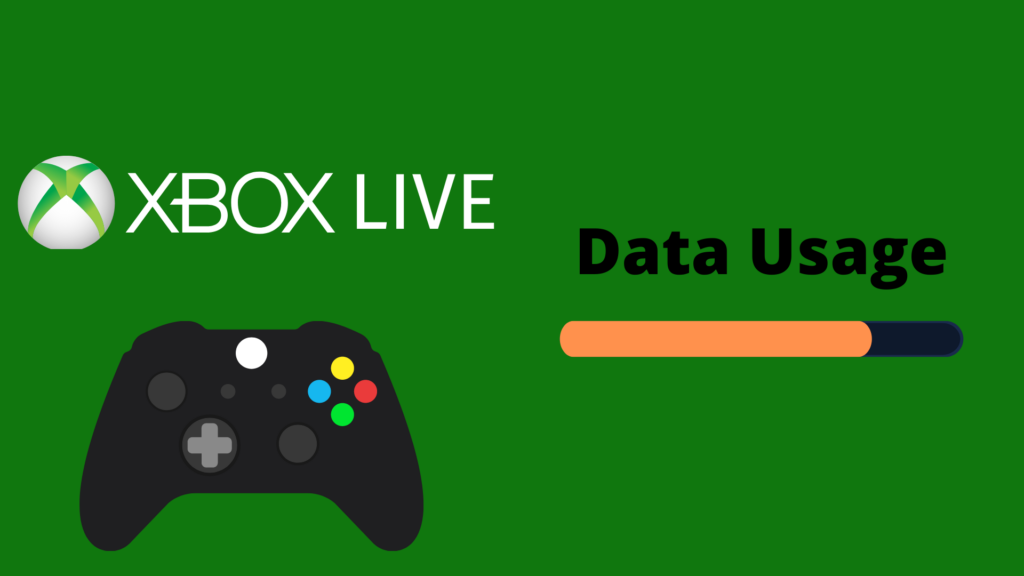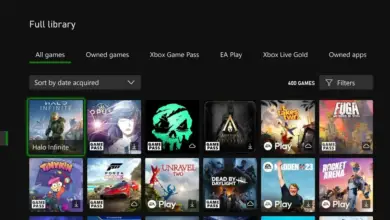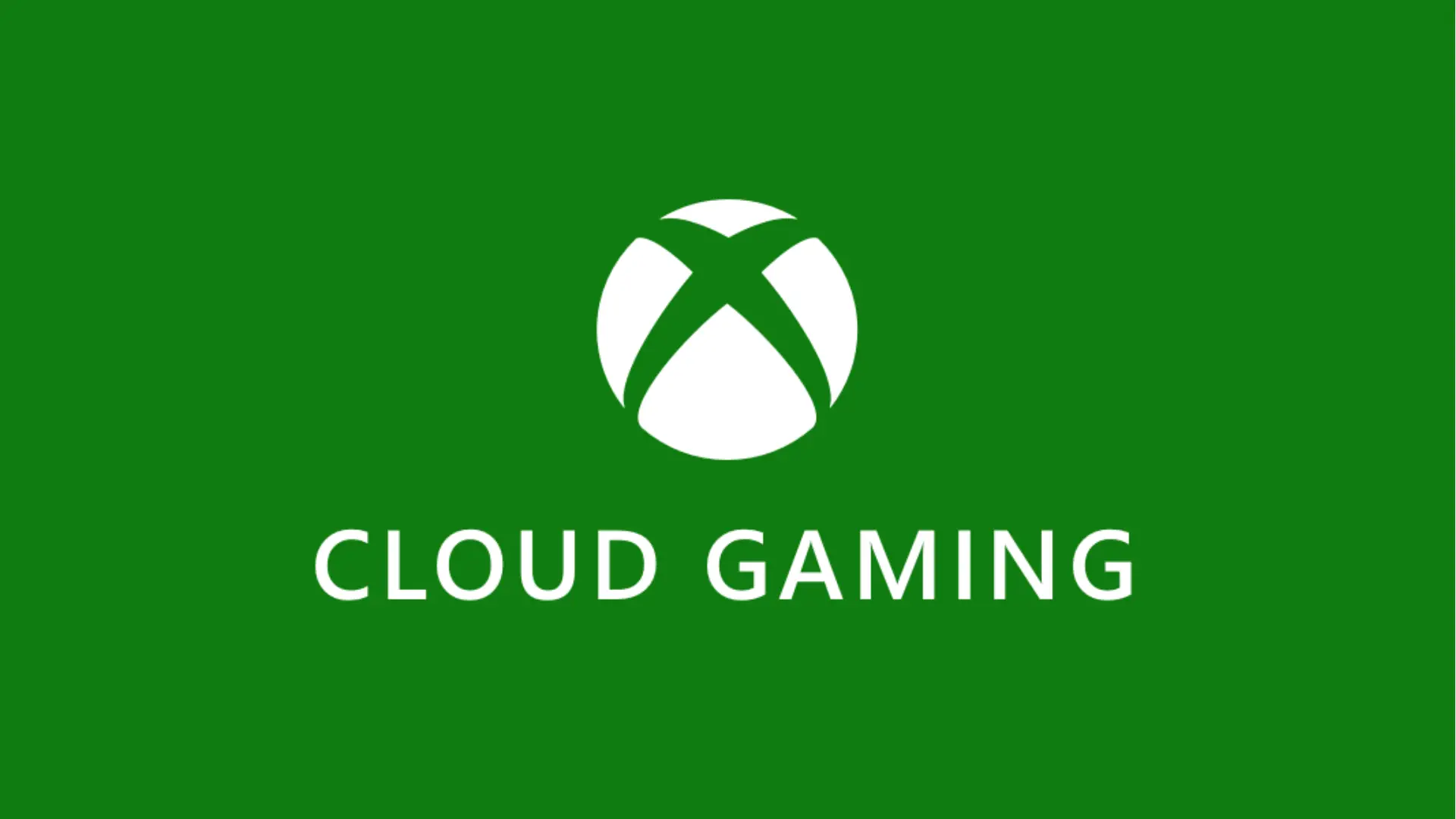How Much Data Does Xbox Live Use?

On any Internet plan with limited data usage, the amount of data used by streaming services becomes a serious concern. Even with an unlimited data plan, every additional service running at the same time can reduce overall Internet service.
Xbox Live data usage varies with the game played and other factors, but it consistently ranges between 50 Megabytes (MB) to 150 MB per hour. Some games may top out at closer to 300 MB per hour. With a 100 Gigabyte (GB) monthly data limit, it would take anywhere from 330 hours to 2,000 hours of play to reach the limit. Other uses can significantly increase data usage.
How Much Data Does an Xbox Use?
Aside from playing over Xbox Live, the Xbox will use data when downloading games and updates or streaming media.
Downloading Games and Updates
Digital copies of games don’t need disks, but they do have to be sent over the Internet. Small games are at least a few hundred MB, and large ones can exceed 100 GB. Many games will offer updates over time that remove bugs, improve gameplay, or add features. All of this can add up to a fair amount of data, but the exact amount will heavily depend on how often you are cycling through games, their size, and how often they receive substantial updates.
Streaming Media
Despite being a gaming console, most Xboxes will see some use as a media device for Netflix, Hulu, and other streaming services. Netflix data usage ranges from 300 MB per hour for low-quality settings to 7 GB per hour for 4K video. HD video is not much better than 4K at around 3 GB per hour, and standard definition runs from 700 MB to 1 GB. At those numbers, even streaming a fuzzy video will use far more data than playing a game over Xbox Live.
Audio streaming is much more friendly to your data plan. Like video, the quality of the audio will influence the bandwidth used. The platform used will also have an impact, so don’t play your music on Youtube without an audio-only extension. It will use less data than playing over Xbox Live in most cases, but the upper end of audio is on par with Live’s usage. Standard quality audio will range between 20 MB to 50 MB per hour, and the highest quality audio settings will push a bit over 100 MB per hour.
Cloud Gaming
Movies and songs aren’t the only forms of media that you can stream. Instead of downloading and installing the game, Xbox has a Cloud play feature in its Game Pass that offloads the processing onto their server. While it’s more technically complex than this simple comparison, the data usage is comparable with streaming an HD video. 500 MB an hour is on the low end, and many will take over 1 GB an hour. It’s great for trying out a variety of games without a full download, but avid gamers can quickly exceed data usage limits on their Internet plans.
It’s more prone to hiccups than a video, but that’s because it can’t buffer the data in the same way that normal video and audio streaming can. Every screen stutter means your connection is pushing itself to meet the needs of Cloud play.
There are other streaming gaming services available that can run through an Xbox’s browser. Accessing your Google Stadia or GeForce Now account on your Xbox is a nifty way to put PC games on a console, but even the low end of Stadia gaming uses more than 4 GB of data per hour.
How to Check Your Xbox Data Usage
Your Xbox has a bandwidth usage tracker to help you keep an eye on your data. In the Settings menu, navigate to the General tab on the left. The Network Settings menu’s symbol has an antenna with a small settings gear as a subscript. Check the options for the bandwidth usage tracker.
Inside the tracker, you’ll see a breakdown of your usage over the past 12 hours and summaries for recent months. A ticker on the top left shows you the current usage, but it’s not much use while stuck in a menu. The service provider may have different numbers than the ones on the Xbox, but the hourly report is a good way to test the expected usage of your favorite applications.
For a proper test, disable automatic updates and set aside an hour block of time for each usage. Actively use the service for a set amount of time, then stop. Don’t just leave a game idle, since the data may spike during activity. Wait until the next hour block begins to test another game or application, or the usage numbers will overlap. Grab the usage from the hourly breakdown, and multiply it as necessary to reach the real hourly usage.
Does Xbox Use More Data than Playstation?
Playing over the Playstation Network will use somewhere between 40 GB and 300 GB, and the game itself will influence that rate far more than the platform. Similar services on Xbox and Playstation consoles tend to use close to the same amount of data, including Netflix or other video streaming services.
Reducing Xbox Live Data Usage
You can take a few steps to curb your Xbox’s data usage while still allowing you to enjoy gaming over the Internet. Ignoring these suggestions from time to time won’t end the world, but applying them will reduce the impact of the worst bandwidth hogs.
Avoid Cloud Gaming
First, avoid cloud gaming as much as possible. While the data usage varies, it can be several times higher than just playing a downloaded game through the Xbox Live service. Download the game if you plan on playing it. A larger hard drive to fit a new game will end up costing less than consistent fees to extend the data limit.
Install Games and Updates on Better Networks
If you do need to install a game or download updates, try to do so on an Internet connection without data limits. Disabling automatic updates will stop the Xbox from grabbing files whenever it can, but you will have to remember to manually do so from then on.
These bulkier downloads can match the usage of several hours of play. For example, Call of Duty: Vanguard has a 56.6 GB file size on the Xbox One, which is about the same amount of data that playing the game as a full-time job for a month would use. Major updates to game textures can easily take up several GBs.
Lower Video and Gaming Stream Quality
Lowering the quality of a video has a profound impact on usage if you are streaming video. Anyone prone to leaving their media playing in the background should strongly consider permanently downloading their favorites instead of streaming them. While annoying when binge-watching, the periodic checks to see if you are still watching should be left on to stop unnecessary data usage. Purchasing a downloaded or physical copy for comfort shows also cuts down on usage, but there is a limit to how cost-effective this is compared to paying for an unlimited data plan.
This holds true for streamable gaming, as well. The bulk of the information being sent comes from the video that the server is processing. Stadia Pro users streaming in 4K will use five times as much data as users streaming at 720p.
- How to Pair Meta Quest 3 Controllers with Your Quest 3 Headset: A Quick Guide
- How to Charge Meta Quest 3: A Guide to Powering Up Your VR Experience
- How to Cast Meta Quest 3 to Samsung TV: A Step-by-Step Guide
- How To Factory Reset Your Meta Quest 3: A Step-by-Step Guide
- How to Power On and Off the Meta Quest 3





